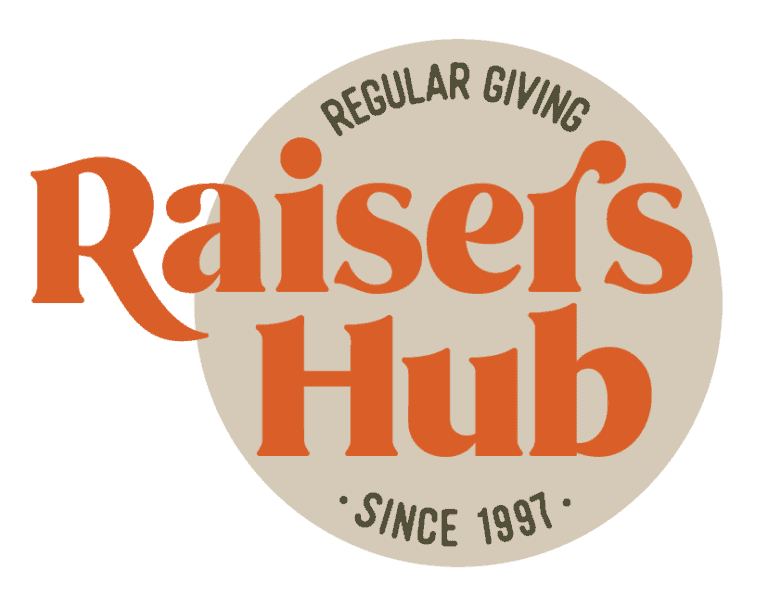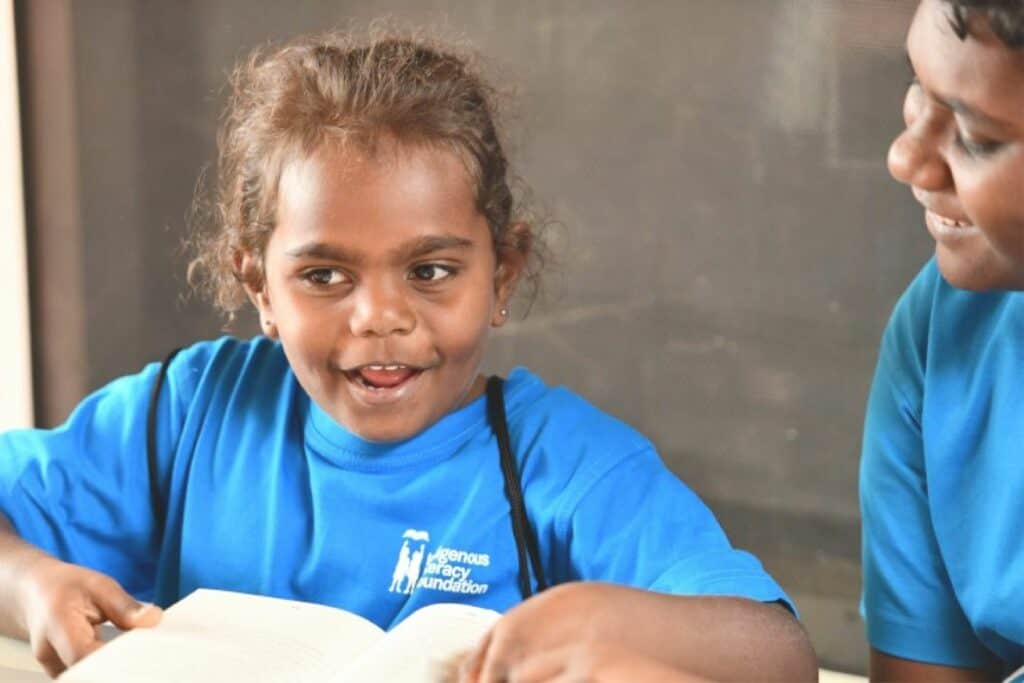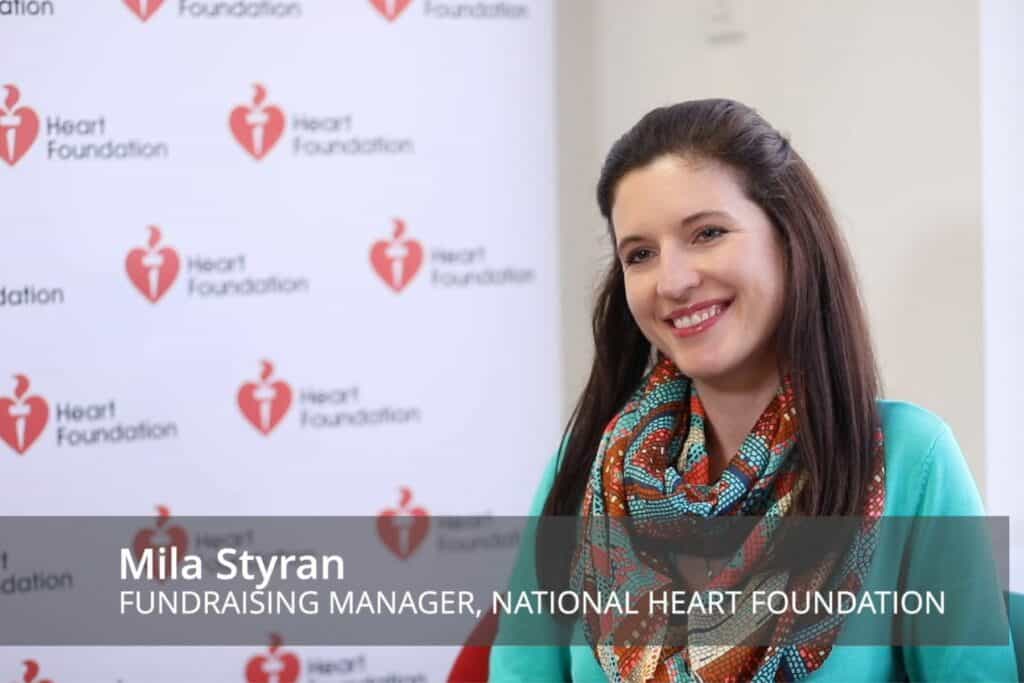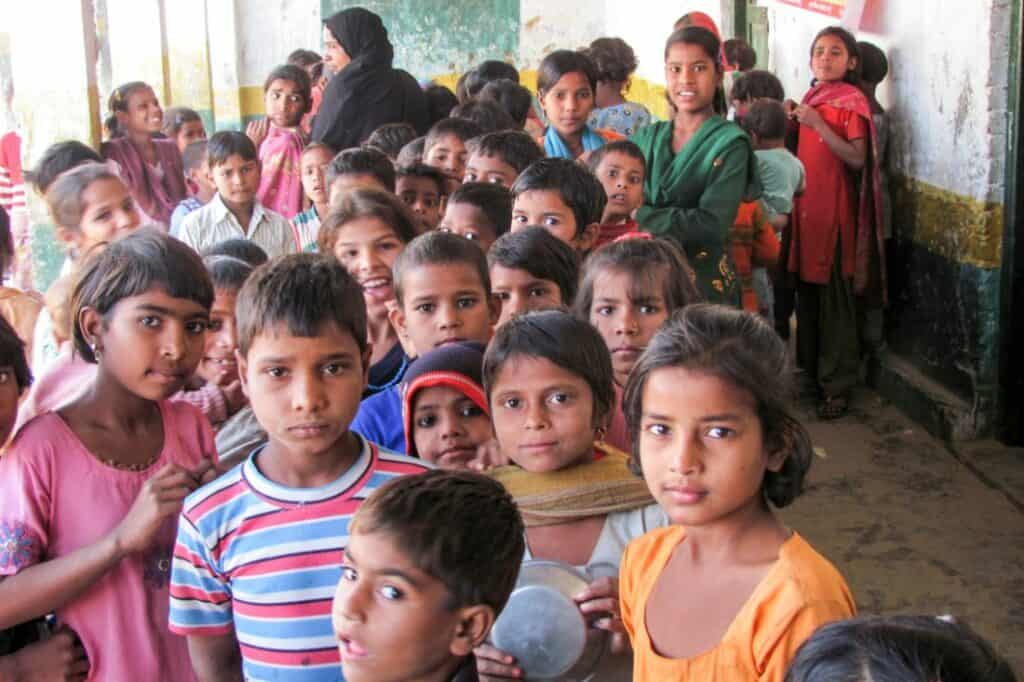Need to analyse the actual return on investment for your fundraising programs? The team at The Kids Cancer Project (TKCP), like most donor-funded organisations, are cost-conscious and focused on investing their fundraising budget for the best returns possible. Over the last few years the team at TKCP have made considerable efforts to upgrade their raffle […]
Author: Brooke Modern Maven
Building a regular giving program for risk mitigation
It’s a common situation we find charities in – they’ve secured some great, high-value partnerships, but building their own unique regular giving program feels like too much of a risk. These organisations know they need their own, reliable income streams, but where do they start? Indigenous Literacy Foundation (ILF) is focussed on instilling a love of […]
How National Heart Foundation changed their telemarketing strategy and increased their contact rates
When working with NHF to take an in-depth look at their lapsed program and why their contact rates were declining, the analysis revealed that supporters who were typically trickier to convert or harder to contact were being excluded from calling.
Discover the missing ingredient in your upgrade programs
It is common knowledge in the industry that 80 percent of an organisation’s donations often come from 20 percent of their most loyal, invested supporters. The more an organisation can do to show appreciation, value and attention to those who are investing their money and time, the more reliable, sustainable and dependable the organisation’s income stream becomes.
Stroke Foundation NZ on what to do when acquisition strategies fail
A common issue we find organisations like Stroke Foundation tend to be bound by is a one-size-fits-all approach when it comes to marketing to their newly acquired audience. Usually, the organisation segments the audience at a top level and although they might set out varied marketing for their major donors, bequest leads, regular givers and so on, refining those groups even further is often not as popular.
Upgrade calls – why it’s not about the money
An upgrade calling program is one of the most powerful ways to build a community of inspired, connected donors and to engage with them in a personal way. Why? Because it isn’t just another ask for more money – it’s way more than that.
Upgrading your regular givers
Our top six tips for making sure your upgrade program is kicking goals:
1. Say ‘thank you’.
Delivering a heartfelt thank you is the key reason you are making this call.
2. Demonstrate the impact and be specific.
Report back on campaigns your donors have supported, what it means to beneficiaries and how you couldn’t do it without them.
Boards and leadership teams – talking about return on investment
Recessions generally mean more tough questions being asked by our boards. There can be a switch from long-term thinking to short-term budget management. Questions come up like, ‘what is a recession going to mean for our organisation’s fundraising revenue?’, ‘Should we cut commitments to fundraising activities?’, ‘How do we balance our immediate requirements for our service at the same time as thinking about the future?’
8 Reasons to love reactivation programs
Every regular giving base has a rate of donor churn (attrition) and having a reactivation program in place will reduce that, and help you grow. You don’t need whopper volumes to justify calling them. If you don’t have one in place, here are some reasons to get it going.
How do you develop a lifetime value fundraising strategy?
Let’s start by giving Lifetime Value (LTV) a basic definition. Simply put, it’s the total value of gifts a supporter will give to your organisation over the lifetime that they donate. Easy right?










